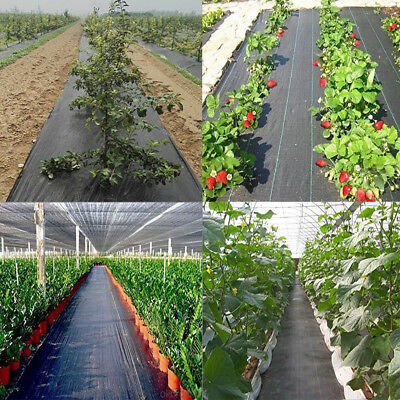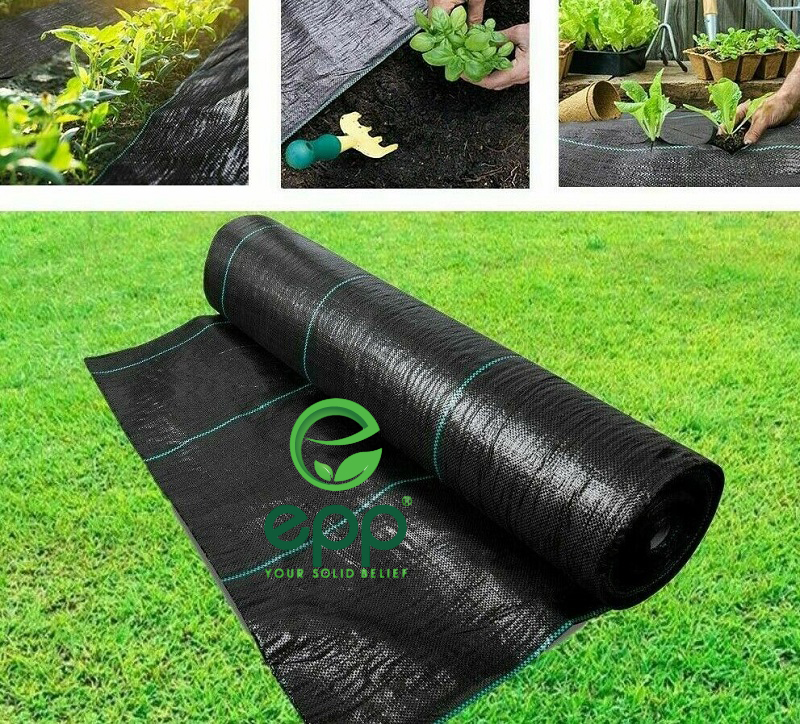Fabric for weed control - effective weed control solution for plants. Did you know that weeds are one of the biggest enemies of short-term crops? They compete for nutrients, making it impossible for plants to grow well. Traditional weed control often takes a lot of money, time and effort. The most effective and economical way today is to use anti weed membrane. So what is fabric for weed control? How to use it and weed control fabric pros and cons? Please follow this article.
List of short-day crops
Among the fast growing crops, there are those that only need about 60 days to be harvested. These are 60-day crops. These plants have many advantages such as saving time and costs. Some popular 60-day crops are:

Sprouts: can be harvested 1-2 weeks after planting
Sprouts are the common name for vegetables that are eaten when they have just sprouted from seed. Sprouts have many times more nutrients than regular green vegetables. Sprouts can be grown indoors or outdoors, without much soil or light. Sprouts can be harvested 1-2 weeks after planting, depending on the type of vegetable.
Cabbages: can be harvested after 2-3 months of planting
Cabbage is a round, green or purple vegetable that can be eaten raw or processed into various dishes. Cabbage has a high content of vitamin C, vitamin K, calcium and fiber, which is good for health. Cabbage can be grown all year round, but is most suitable in the fall and winter. Cabbage can be harvested 2-3 months after planting, depending on the desired size.
Cucumbers: can be harvested after 3-4 months of planting
Cucumber is a fruit with a green color, long shape and cool taste. Cucumber has a high water content, which helps to clear heat and detoxify the body. Cucumbers can be eaten raw or used as an ingredient in salads, salads, pickles, and more. Cucumbers can be grown all year round, but are most suitable in spring and summer. Cucumbers can be harvested 3-4 months after planting, depending on the variety.
Tomatoes: can be harvested after 4-5 months of planting
Tomato is a red fruit, round shape and sweet and sour taste. Tomatoes are high in vitamin A, vitamin C, lycopene and antioxidants, which are good for health. Tomatoes can be eaten raw or used as an ingredient in sauces, stir-fries, soups, and more. Tomatoes can be grown all year round, but are most suitable in spring and summer. Tomatoes can be harvested after 4-5 months of planting, depending on the variety.
Seedless pomelo tree: can be harvested after 6-8 months of planting
Seedless grapefruit is a yellow fruit, round shape and sweet taste. Seedless grapefruit is high in vitamin C, potassium, and fiber, which are good for health. Seedless grapefruit can be eaten raw or used as an ingredient in smoothies, juices, fruit salads, and more. Seedless pomelo can be grown all year round, but is most suitable in spring and autumn. Seedless pomelo can be harvested after 6-8 months of planting, depending on the variety of pomelo.
Benefits of Fabric for weed control for short-term crops
Anti-weed cloth offers many benefits for short-term crops, as follows:

Helps save labor, fertilizer and pesticide costs
You do not need to use herbicides, plowing or weeding regularly, reducing costs and efforts. You also don't need to fertilize as much as the black plastic weed barrier helps keep nutrients in the soil.
Helps protect crops from weed competition
PP woven weed control fabric prevents weed seeds from germinating and taking root from the soil. So you don't have to worry about the effect of weeds on the growth and yield of the crop.
Helps retain soil moisture
You do not need frequent watering because agricultural weed barrier fabric helps reduce the evaporation of water in the soil, maintaining moisture for the soil and plants. In particular, this fabric can help plants withstand drought.
Experience using Fabric for weed control efectively
To use weed control barriers to fight weeds effectively, you can refer to the following experiences:
-
Choose short-term crops and suitable weed control mat
-
Clean the surface before spreading the weed mat
-
Secure the weed control cloth with pins at the edge and center
-
Drill a round hole to plant a tree
-
Apply a cover or other coating to the weed control fabric
Conclude
Hopefully this article will help you gain more knowledge and experience on how to use Fabric for weed control for short-term crops. If you have any questions, please contact us at the address at the end of the article
🌐 Address: Central Lake 1 Building, Aqua Bay, Ecopark, Phung Cong Commune, Van Giang, Hung Yen
🌐 Website: https://epp.vn - https://eppvietnam.trustpass.alibaba.com
📲 +84 986 002 888 - sales@epp.vn



